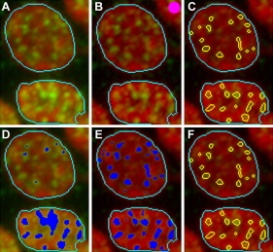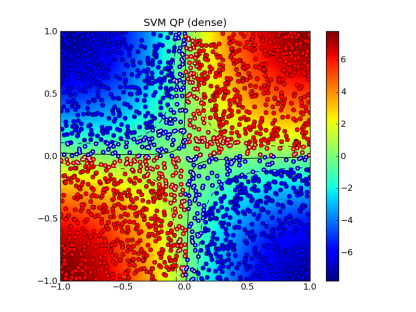- Category: RESEARCH
- Written by Mohd Afif Md Jamel Khir
Red Blood Cells Image Segmentation and Classification: A Review
Rashid and his team, with the hope to aid the development of an automated system in screening or diagnosing biomedical images instead of just a prototype system, had collaborated to come up with a review on some of the current techniques and possibilities in image processing to be shared to other researchers.
In fact, automatic analysis of medical cell images is becoming more important in pharmacology and toxicology research. According to Rashid and his team, an automated analysis system would produce a more standardised automatic image analysis, which would conquer the current limitation of manual detection system. In addition, images will be mathematically defined with greater precision compared to the earlier images processing techniques. Thus, this would enhance and accelerate the analysis of image processing with high precision.
Rashid and his team chose to focus and review on some of the general segmentation and classification methods for red blood cell images, which are blood cells counting and segmentation of red blood cells. Blood count helps in detecting many diseases in early stage, whereas, segmentation helps in anaysing diseases and performing complete blood count (CBC) efficiently and it is cost effective.
Some of the recent types of methods in segmentation shared are:
- Thresholding -based on histogram characteristics of pixel intensities of image.
- Morphological Operation –continuity-based techniques which involve the processing of shapes, to segment the red blood cell images
- Colour Image Segmentation –allow more reliable image segmentation than greyscale images and applying of hue feature.

- Model-based contour tracing –to overcome the problem of automatically segmenting a Scanning Electron Microscope image of red blood cells that have high number of overlapping cells and relatively smooth contour.
- Tabu Search –a method for finding elliptical cell boundaries.
- Matlab –to overcome the problem of counting overlapping red blood cells by applying new algorithm by using the method.
- Fluorescent Microscopy Images –can remove object with poor contrast and distance transformed watershed segmentation.
Some of the recent types of methods in classification shared are:
- Multilayer Perceptron –classifying various types of blood cells.
- Support Vector Machine –analyses data and recognize patterns which could be used for classification and regression analysis.

- Learning Vector Quantization –a type of artificial neural network and can be applied to multi-classification problem is a natural way. E.g. in classifying blood cells and bone marrow
